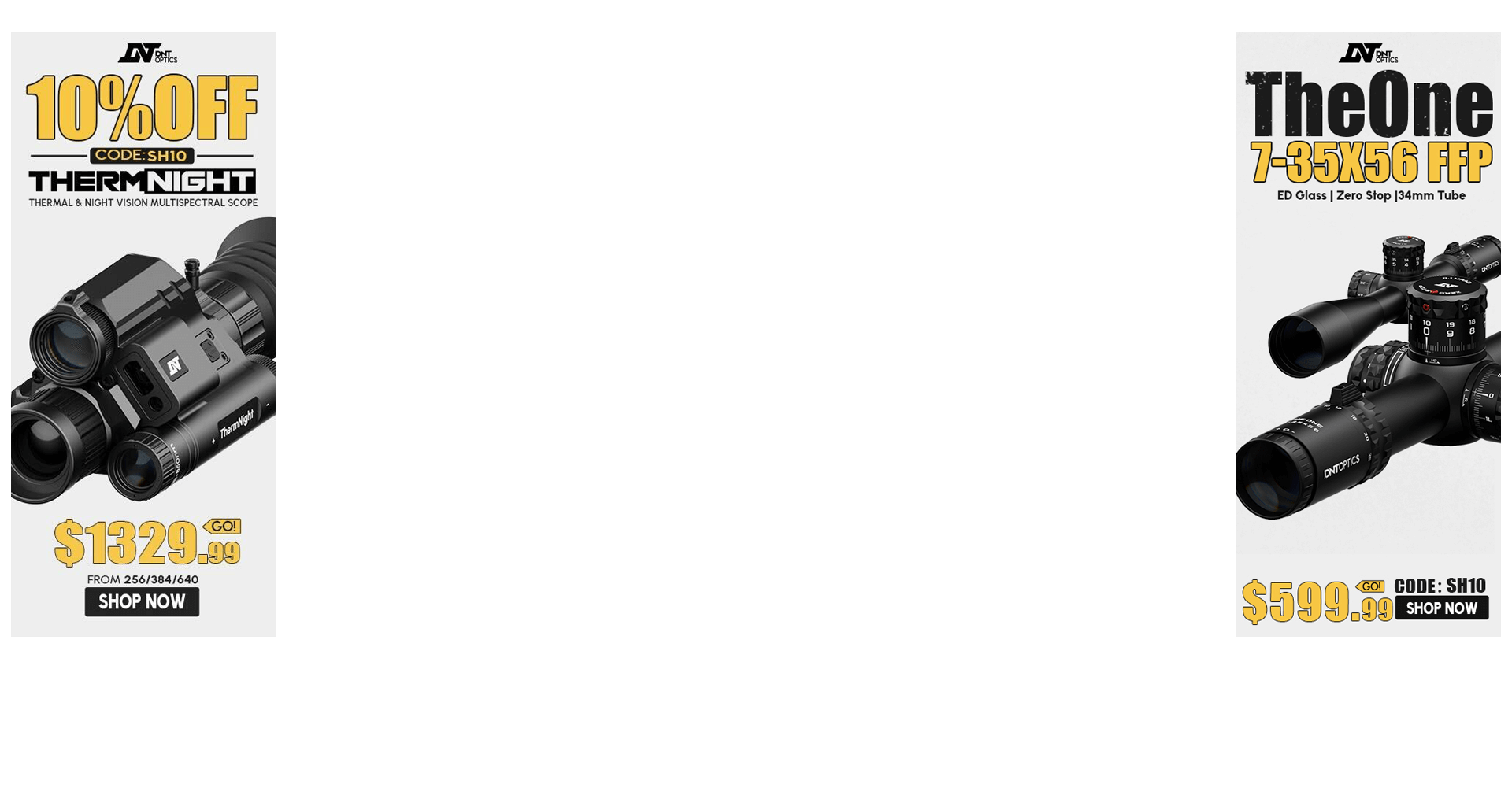Dry firing hundreds of times a week over a long period like the OP is doing is NOT good for the gun it has already worn the sear requiring readjustment of the trigger and it can eventually weaken the firing pin spring and possibly fatigue the firing pin . Dry firing a few times after cleaning and assembly is nothing but hammering away hundreds of times is not good for it . Your just wearing the action out .
I would love to see some actual test data showing where the duty cycle of the firearm is hamstrung by dry firing.
I look at it like this:
An internal combustion engine has systems that operate in a similar fashion. First that comes to mind is the rocker arm interacting with the pushrod and the tip of the valve stem.
Next, the cam on a diaphragm actuated fuel pump.
Rotors on distributors for older engines using points. (maybe not the best example cause points suck ass)
Tappets for shim under bucket type heads commonly used on 15K+rpm sport bike engines.
Now, figure the duty cycle on any of these. If we take the average speed of say 60mph over the course of the engines life of 100,000 miles and we do this at 2500rpm for an average. That pencils out to roughly 125 million duty cycles for valve train type components. (remember, they run at half of crank rpm)
Unless companies are just completely goat screwing their products by using shitty material selection or heat treatment, it stands to reason based on that example that they should last and last for quite a long time.
Anyone reading this who is a Marine will tell you the hours spent around a snap in barrel circle jerking a trigger during grass week. Those guns have millions of cycles on the triggers and they've been in service for a very long time. I spent 3 of my 6 years in the Corps as a PMI and ran those same drills for Marines in my BN who needed to do the annual recert. It was a quarter century ago, but I don't recall ever having a gun go down due to the trigger consuming itself.
Coil springs used for striker assemblies do weaken over time. I've seen that, but everything else seems to tolerate the mileage quite well provided its maintained and cared for.
The pressures being exerted on this stuff isn't all that much compared to a lot of other things.
I think its a canned overstated position held by many. Much like the guys who shoot 3 rounds and then jerk off a cleaning rod for 20 minutes, -then cant sort out why they have poor down range performance.


